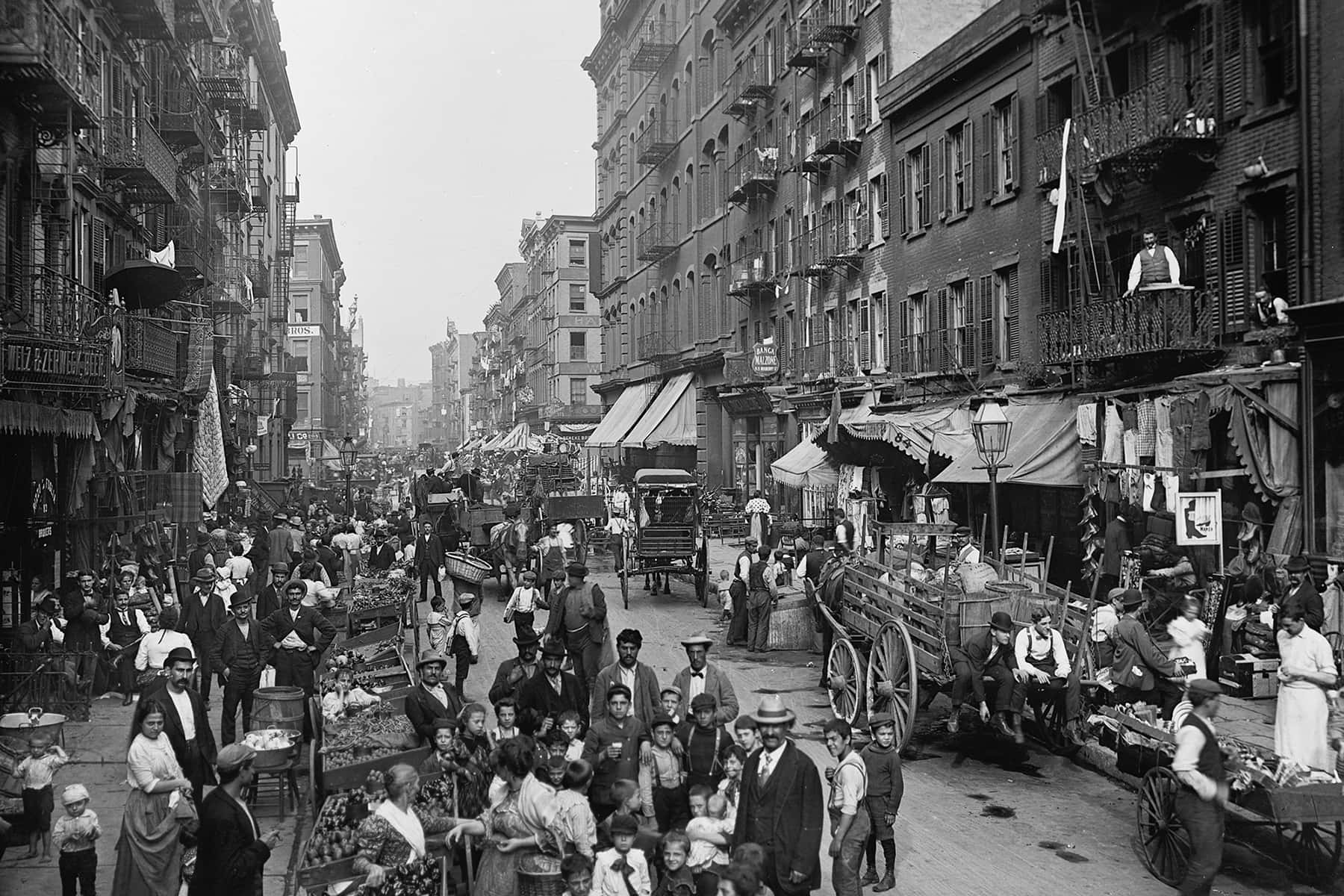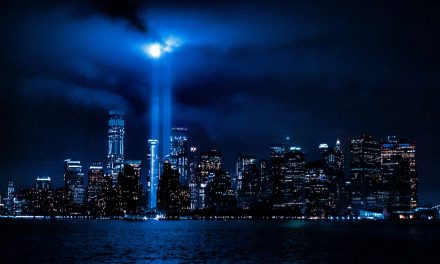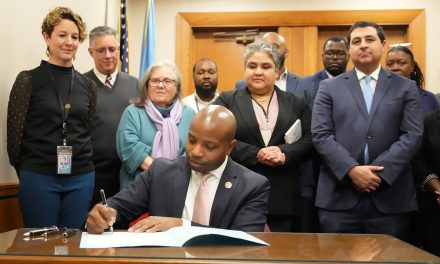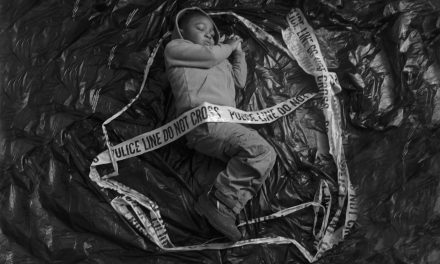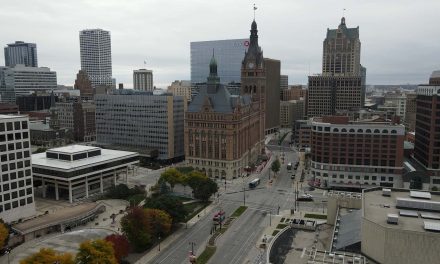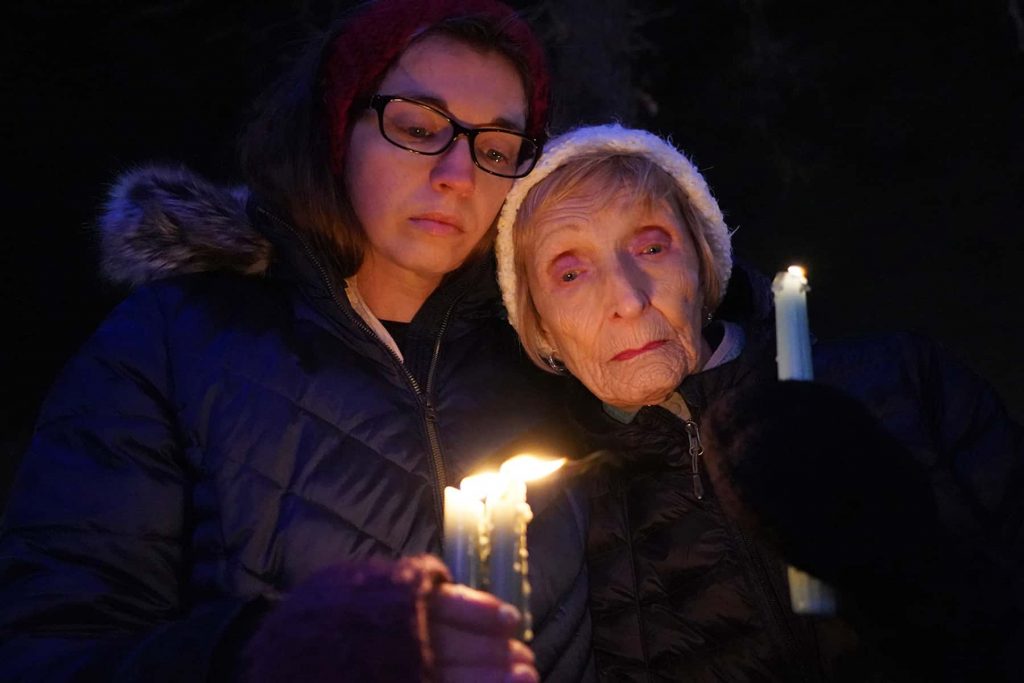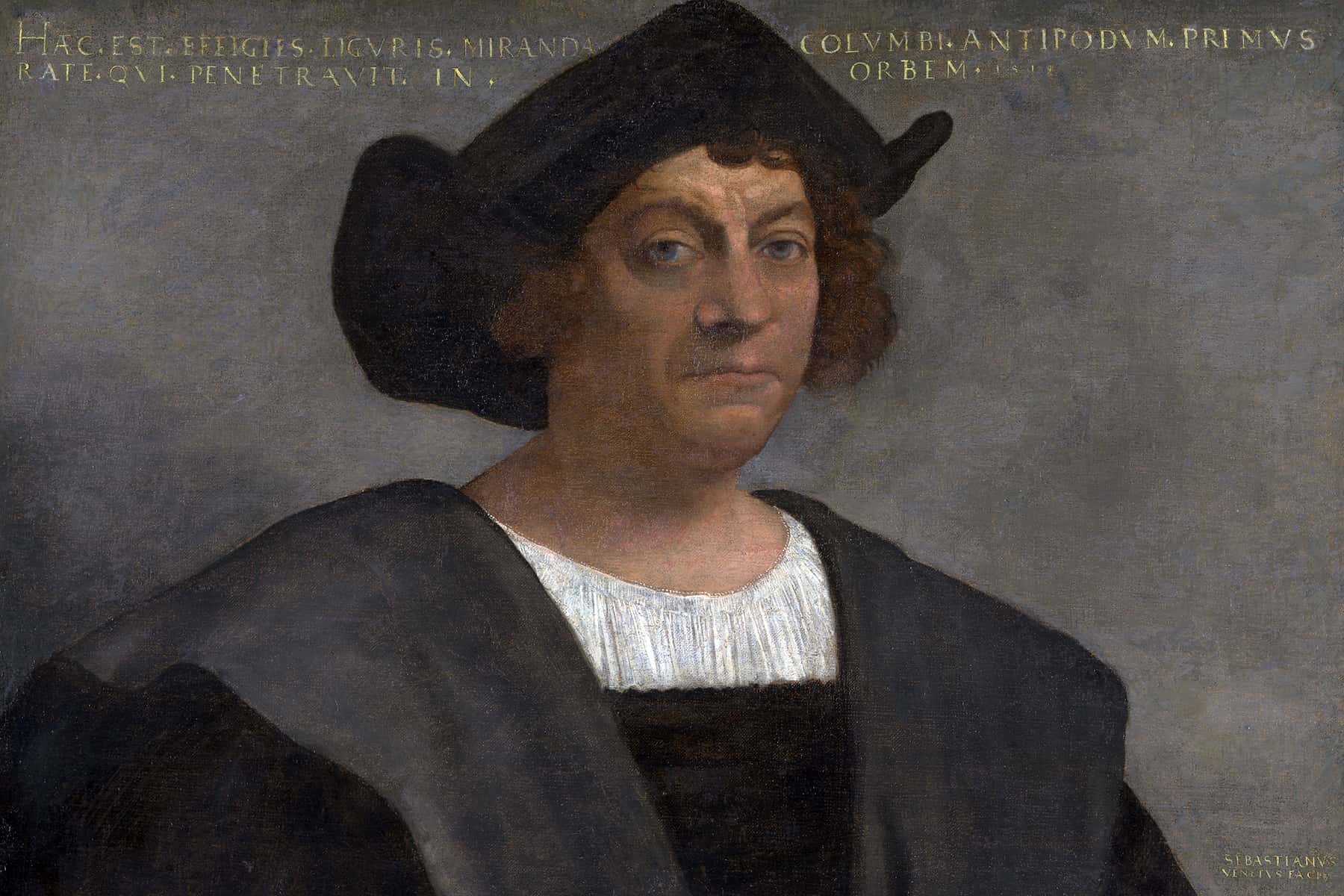
The things Americans don’t know about Columbus explains to me why the nation celebrates Columbus Day. We all learned the same story of Columbus “sailing the ocean blue and discovering America.” For the most part, our schools still teach this story. To those who know better, the story is obviously not accurate. To begin with, it is not possible to discover a place where millions of people already live.
Is Columbus responsible for the genocide of the indigenous population? The answer to this question depends on whom you ask. Once again, for those who know better the answer is obvious.
Why do Americans celebrate the man we call Christopher Columbus? Some Italian Americans celebrate him as one of their own who opened up a “New World.” From their perspective he is a hero. Celebrating Columbus across America goes back to 1891. A public spectacle lynching of 11 Italians led to the Columbus Day celebration being recognized by the President of the United States.
On March 14,1891 in New Orleans a mob of thousands of “the city’s best citizens” were full of anti-immigrant fervor and desired revenge for the October 1890 assassination of the police chief. They lynched eleven Italian men. Police Chief David C. Hennessy had been murdered while walking home from work. The Italian American community was instantly held accountable because the chief had previously had issues with several Italian businessmen. In addition to this, the “swarthy Sicilians” had been friendly with blacks in town, and were considered just as inferior as the blacks they did business with by most whites across the country.
Italian immigrants had arrived in the city years earlier as cheap labor and worked jobs that were referred to as “nigger jobs.” A dubious witness claimed the chief used a racial slur for Italians to describe those who had shot him prior to dying. Shortly after this, Italians around New Orleans were accosted by the police in large numbers and eventually 19 were arrested for attacking the police chief. One of the accused was a 14-year-old boy.
The trials did not go well for the prosecutors. Juries who saw how flimsy the evidence was acquitted six of the first nine who went to trial. The remaining three trials ended with mistrials. Many in New Orleans were upset with the acquittals and mistrials. A mob mentality took over. Eighty-five black men and women and eleven persons identified as white had been lynched across the country the previous year. As was quite often the case, “white” lynching victims were actually Native Americans, Mexicans, and Asians.
Mobs had stormed jails on numerous occasions and gotten away with murder regularly in the 1880s. 1,090 Americans had been lynched from 1882 to 1890. Because most of the victims were black, Americans accepted this mob rule, especially in the South.
A mob of thousands of men and women burst into the jail and eventually lynched 11 Italian men after announcing ahead of time that they would do so. In the spectacle style of lynchings, they were carried out with advanced planning. Around the country people celebrated the mob for avenging the police chief. A grand jury shortly after the lynching praised the mob for their actions.
Italian Americans were outraged at the lynching and the praise the lynchers received from citizens and the press. The Italian government considered the outrage to be an attack on Italy itself and cut off diplomatic relations with the United States. These men would be 11 of the 184 victims of lynching in 1891. No one would ever be held accountable for their lynching in a court of law.
Erin Blakemore wrote about the moments after the men were murdered. “Outside the jail, the larger mob cheered as the mutilated bodies were displayed. Some corpses were hung; what remained of others were torn apart and plundered for souvenirs.” Souvenir gathering was a common part of spectacle lynchings as thousands fought to get the best keepsakes.
President Benjamin Harrison and the federal government were forced to pay reparations of $25,000 to each of the families of the victims under pressure by the Italian government in 1892. No such reparations would be paid to the families of over 3,700 black lynch victims.
Many were displeased with this appeasement of the Italians. A local paper, the Thibodeaux Sentinel, warned that “if the Italian Government does not want her assassins and murders killed in the United States let her keep them at home.”
President Harrison addressed the lynching in his State of the Union Address in December 1891.
“The lynching at New Orleans in March last of eleven men of Italian nativity by a mob of citizens was a most deplorable and discreditable incident. It did not, however, have its origin in any general animosity to the Italian people, nor in any disrespect to the Government of Italy, with which our relations were of the most friendly character.”
An in attempt to assuage the Italian community President Harrison designated a one-time celebration by issuing a proclamation in 1892, “recommending to the people the observance in all their localities of the 400th anniversary of the discovery of America…” describing Columbus as “the pioneer of progress and enlightenment.” Thus Columbus Day became a national celebration for the first time. In 1934 President Franklin Delano Roosevelt declared Columbus Day a national holiday. Since 1971 it has been celebrated on the second Monday of October as a federal holiday.
America also celebrates Thanksgiving. American high schools, colleges, and professional sports teams still have Native Americans as mascots. Some Atlanta Braves baseball fans were very upset and disappointed recently when they arrived for their playoff game and no foam tomahawks were in their seats as had been the norm after Cardinals pitcher Ryan Helsley, who is a member of the Cherokee Nation, called the chop disrespectful.
“I think it’s a misrepresentation of the Cherokee people or Native Americans in general. Just depicts them in this kind of caveman-type-people way who aren’t intellectual. They are a lot more than that. It’s not me being offended by the whole mascot thing. It’s not. It’s about the misconception of us, the Native Americans, and it devalues us and how we’re perceived in that way, or used as mascots. The Redskins and stuff like that.”
The team refused to hand out the tomahawks and discouraged the use of the chopping motion that is a common sight at Atlanta Braves baseball games. After the team lost the series some Republicans in Georgia blamed it on the tomahawk chop ban. State Rep. Trey Kelley tweeted this:
“Have to feel this is karma for the unjustified and rash decision to do away with foam tomahawks.”
According to reports in the Daily Beast, Nick Ayers, former aide to Vice President Mike Pence, wrote: “Maybe don’t ban the tomahawk chop next time?” Debbie Dooley, a Georgia Tea Party organizer, said the Braves had “jinxed itself” by doing away with the tomahawk chop.
What do all of these norms in American society have in common? They each are signs of a distorted, disrespectful attitude towards the Indigenous People of America that Columbus mistakenly thought were Indians, and many others followed suit by calling them Indians. Many tribal groups have adopted this term to describe themselves.
When these issues are raised, many people say Native Americans are overly sensitive. They argue that people are trying to re-write history. Others argue that many or some Indians are not bothered by the mascots.
As I have read about these issues over the years and it has been interesting to see that these arguments leave out the voices, opinions, and views of Native Americans in most cases. Are people simply insensitive or racist?
Let’s talk about Indians and Columbus and how he became a hero to Italian Americans in order to find the answers to these questions. Most Americans have not read details of Columbus and his journeys, and even fewer have read his journals. 1492 was simply the beginning of what would turn out to be centuries of death and destruction of Indigenous groups, many of them wiped off the face of the planet. David E. Stannard documents this in great detail in his book American Holocaust: The Conquest of the New World.
According to Roxanne Dunbar-Ortiz in her 2015 American Book Award winner An Indigenous Peoples’ History of the United States, the “Doctrine of Discovery” established by papal bulls in the late fifteenth century allowed European nations to “acquire title to the lands they “discovered” and the Indigenous inhabitants lost their natural right to that land after Europeans arrived and claimed it.”
The nation’s Capitol, the District of Columbia, is named in honor of Columbus. Hail, Columbia was the first national anthem and is played whenever the Vice President makes public appearances.
The first thing to understand about the myth of Columbus discovering America is that he never set foot on mainland America during either of his four voyages across the Atlantic Ocean.
Italian Cristoforo Colombo (Critobal Colon) was born in Genoa in 1451. Ferdidnad II and Isabella I sponsored his first voyage in 1492. Columbus had gained notoriety as a ship captain traversing the Atlantic, buying sugar in Madeira as well as being involved in the Transatlantic Slave Trade. He made at least one trip to El Mina Castle, the gigantic slaving fortress built by the Portuguese in 1482. This horrible place would be the point of departure of thousands of slaving ships. It was heavily fortified with dozens of cannons to protect the sea facing side of the facility. It would gain infamy also as the place where the torture and rape of Africans was common, while the Portuguese awaited slaving ships to arrival.
In 1484, Columbus first attempted to gain funding for a crossing of the Atlantic Ocean by King John II of Portugal. European nations had for many years traded with those in China (known as Cathay at the time) as well as India. These journeys across land were extraordinarily long and expensive. The Ottoman Empire made the journey across the Indian Ocean difficult for Europeans as well. Both the Portuguese and Spanish, the strongest maritime powers of the day, were interested in finding a shorter way to get to the Indies as the region was called.
After leaving Portugal in 1486 Columbus tried unsuccessfully on two occasions to get the Spanish monarchs to finance his voyage. Always persistent, he finally gained their approval on the third attempt in January 1492. The Spanish treasurer, Luis de Santángel and Juan Pérez of La Rábida, a royal counselor, were instrumental in him gaining in audience with the King and Queen.
1492 was a transformative period in the history of the Iberian Peninsula. The Moors had been defeated and forced out in the last battles of the Holy Crusades removing Muslims from Spain and Portugal after 700 years of rule. The Spanish Inquisition led to the murder, forced-conversion, and eventual expulsion of 200,000 Jews from Spain on July 30, 1492.
Columbus wrote these words in his first journal:
“after your Highnesses and given an end to the war with the Moors who rained in Europe…I saw the Moorish King come forth from the gates of the city and kiss the royal hands of your Hignesses…Thus, after having turned out all the Jews from all your kingdoms and lordships, in the same month of January, your Highnesses gave orders to me that with a sufficient fleet I should go to the said parts of India, and for this they made great concessions to me, and enobled me, so that henceforward I should be called Don, and Should be Chief admiral of the Ocean Sea. Perpetual Viceroy and Governor of all the islands and continents that I should discover and gain, and that I might hereafter discover and gain in the Ocean sea, and that my eldest son should succeed, and so on from generation to generation for ever.”
He set sail from Palos on August 3, 1492 with the three ships I learned about in elementary school, the Nina, Pinta and Santa Maria. As most of us were told at some time in our lives people including Columbus and his crew at this time believed the world was flat. This is absolutely not true. Imagine believing the world to be flat and traveling to the west to get to a place that you clearly know is in the opposite direction. It makes no sense whatsoever.
In the early days of October Columbus wrote of the birds he and the crew saw. in October he ordered the his ship the Nina to push forward to look for land. He had promised a gift from the monarchs for whoever saw land first. On October 11 a sailor by the name of Rodrigo de Traina was the first to sight land.
This would be an unfortunate turn of events for the Caribs, Arawaks, and Tainos, as well as millions of Africans eventually. On October 12, 1492 they arrived at an Island the Indigenous population called Guanahani. As they disembarked they saw naked people on the beach. Columbus and his crew members approached the shore with banners of the green cross with the letters Y and F representing Ysabel and Ferdinand. Many of the islanders gathered on the beach.
He wrote in his journal:
“that we might from great friendship, for I knew that they were a people who could be more easily freed and converted and converted to our holy faith by love than by force, gave to some of them red caps and glass beads to put around their necks, and many other things of little value, which gave them great pleasure, and made them so much our friends that it was a marvel to see.”
These kinds words gave way to words of a strong desire to be something other than friends.
“They should be good servants…I our Lord being pleased, will take hence, at the time of my departure, six natives for your highness, that they may learn to speak.”
The following two days he laid down the proverbial gauntlet of the future of these islanders.
“they give in exchange for anything that may be given to them. I was, attentive, and took trouble to ascertain if there was gold. I saw that some of them had a small piece fastened in a hole they have in the nose, and by signs I was able to make out that to the south, or going from island to the south, there was a king who had great cups full, and who possessed a great quantity…for with fifty men they can all be subjugated and made to do what is required of them.”
Thus begins the genocide of millions. It is clear from the first days of contact that Columbus saw gold and slaves instead of gifts and goodwill from people who brought food and water to him and his crew.
Despite the opening up of the “New World” to what many consider to be civilization, it is clear to see that Columbus, and the many who followed him on his second voyage with seventeen ships and hundreds of captives being taken back to Spain, this “discovery” would spell disaster and death.
Columbus said in his own words that he was on a mission to gain wealth. He was not an explorer, he was on a journey to enrich his benefactors the king and queen of Spain as well as making sure that he and his son would be well taken care of forever.
The untold millions of Indians who would be enslaved and die as well as the millions of Africa who came over as a replacement labor force after their deaths are evidence of why we should question celebrating Columbus.
I don’t celebrate the person who began the genocide of the Indigenous population of the so-called “New World” because to do so would be to also celebrate the kidnapping and enslavement of millions from Africa as well. This world was not new. It was quite old. Most of its inhabitants died off in a genocide that is difficult to quantify or wrap our minds around. Celebrating Columbus is celebrating genocide and slavery.

